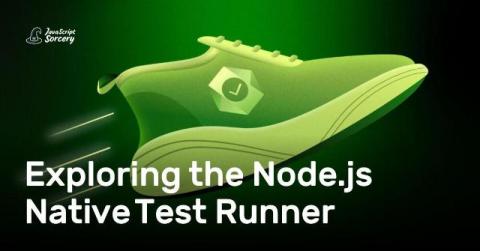An Introduction to Nix for Ruby Developers
A predictable, stable environment (in terms of your operating system, system libraries, build tools, and programming libraries) is essential to each development step: from onboarding, to collaboration, continuous integration, quality assurance, and deployment. Deviation can cause one-off, intermittent, and even catastrophic failures. However, consistency can be elusive, even with the best intentions, best practices, and tools in place, because: Nix aims to solve some of these issues.











